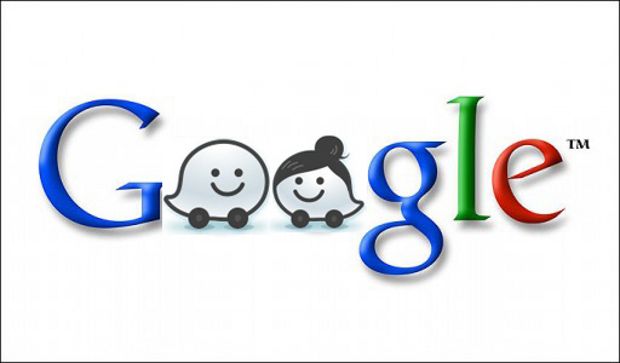What I learned from the class:
I learned a lot this semester in a wide array of topic areas in the field of patents and patent litigation. Learning about a patent itself, where to get one and how to get one, as well as the various types of intellectual property types available served as a comprehensive overview of the subject. I enjoyed learning about specific case studies in which patents were analyzed critically, from patent litigation cases in the technology industry to silly and ridiculous patents. This class provided us with the tools to analyze a specific patent and view a claim in detail.
How the topic fit my needs:
As someone studying Environmental Economics and Policy and getting a CET certificate, I found this class very relevant. As someone who aspires to either work in the tech sector or work in a startup, this topic showed me the advantages that intellectual property can provide and the ways to use IP to strengthen a business. Even if I do not file my own patent, I can communicate the necessity or advantages that effective IP can provide.
Future Benefits:
 This class taught us some of the legal and technical ways in which to analyze patents and this ability to think critically in this field will be valuable. Using social media to communicate this is also helpful. I will recommend this class to other students due to the unique skill sets which a student will gain while simultaneously learning about a field which is very relevant for us in the Silicon Valley.
This class taught us some of the legal and technical ways in which to analyze patents and this ability to think critically in this field will be valuable. Using social media to communicate this is also helpful. I will recommend this class to other students due to the unique skill sets which a student will gain while simultaneously learning about a field which is very relevant for us in the Silicon Valley. Thanks for a great semester!
Sid Moghe





















